Before you drop $3,000+ on another mirrorless body, consider these five DSLRs that still solve real jobs better than the spec sheet suggests. From IBIS in a DSLR and 153-point AF at 10 fps to base ISO 64 dynamic range and built-in Astrotracer, these proven bodies deliver client-ready files, deep lens ecosystems, and prices that leave room for glass.
Pentax K-1
Pentax didn’t chase trends with the K-1; it built a “bring-everything” full frame DSLR that felt purpose-made for photographers who shoot outdoors in real weather with real gloves. The combination of a rugged magnesium-alloy shell, deep weather-sealing, and sensor-shift tricks (from rock-steady stabilization to an AA filter simulator) made it a field camera first and a spec sheet second. That ethos shows up in the way it handles legacy K-mount glass, too. Because stabilization lives in the body, even a 30-year-old prime suddenly becomes hand-holdable at slow shutter speeds, and the OVF remains a joy when you’re working through rain, dust, or cold dawn air.
What keeps the Pentax K-1 relevant today isn’t nostalgia; it’s the way its files look and the way the camera gets out of your way. The 36.4-megapixel sensor has ample headroom for landscape and fine-art work, while the viewfinder gives you a 100% window on composition. Dual card slots and thoughtful storage options, raw in DNG or PEF, and honest, tactile controls make it feel like a dependable tool rather than a gadget that will age out in a year. Thoughtful features like AstroTracer genuinely increase your capabilities. If you want a single body you can hike with for a decade and you like the idea of turning classic K glass into stabilized, modern performers, the K-1 still makes a strong case for itself. It's still my favorite camera I've used. You can read more in my review here.
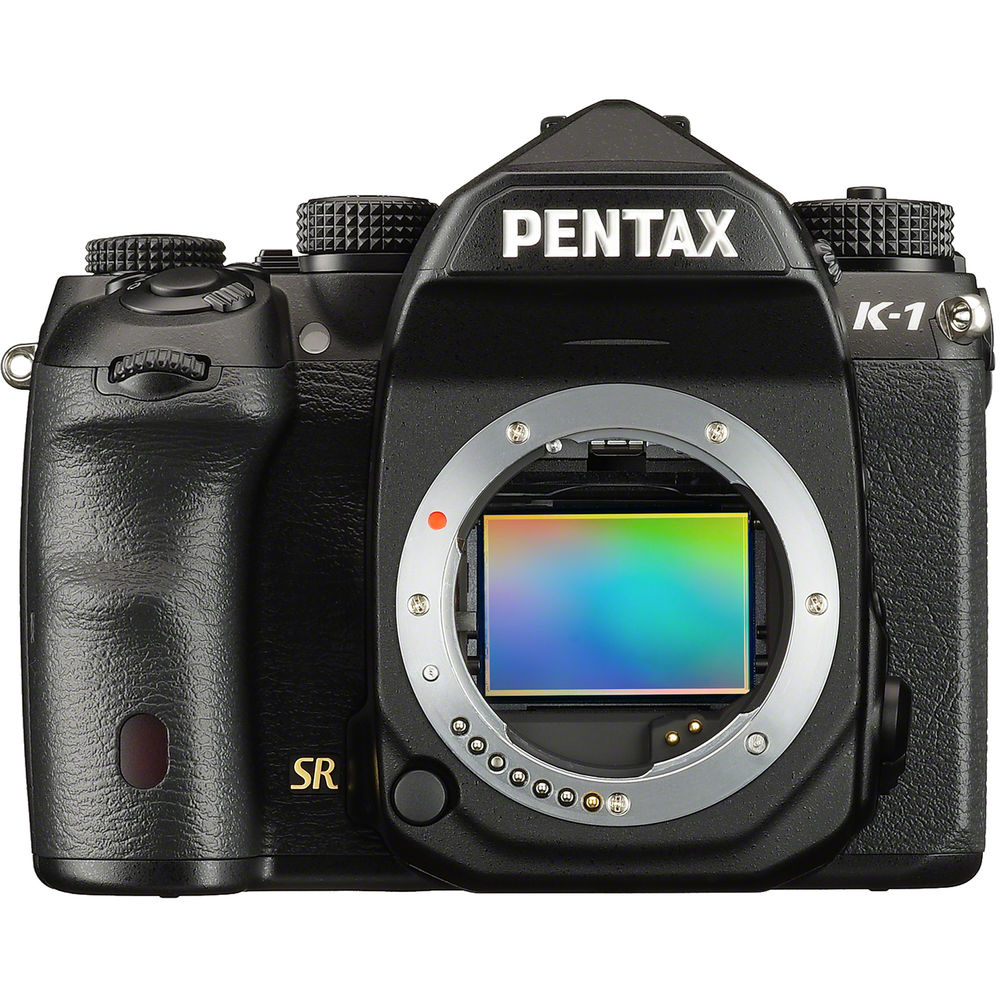
Key Specs
- 36.4-megapixel full frame CMOS (35.9 x 24.0 mm).
- ISO 100–204,800.
- 5-axis, sensor-shift Shake Reduction (SR II).
- AA Filter Simulator.
- RAW (PEF/DNG) and JPEG,
- Dual SD slots with flexible routing.
- Pentaprism OVF with approx. 100% coverage, 0.70x magnification.
- KAF2 bayonet mount compatible with KAF3/KAF2/KAF/KA lenses.
Who It's Right For
Landscape, travel, and fine-art shooters who value stabilized, high-resolution files with any K-mount lens in a body that shrugs off bad weather.
Nikon D500
The Nikon D500 was the APS-C body that never felt like a compromise. Nikon gave it the 153-point AF module from its pro line, a deep buffer, and genuinely tough build quality, then paired that with the “free reach” of DX for wildlife and sports. In the hand, it shoots like a smaller D5: crisp shutter, responsive controls, and an AF system that simply finds and holds subjects without drama. Add a tilting touchscreen and a balanced, telephoto-friendly grip, and you get a camera that made 600mm days feel normal.
It endures because it still nails the fundamentals that action shooters care about: acquisition, tracking confidence, and uptime. Ten frames per second with a meaningful raw buffer means you can work bursts instead of spraying, and the 20.9-megapixel sensor produces flexible raw files without ballooning your storage. The 4K mode is basic by 2025 standards, but for a DSLR that spends most of its life behind a big zoom, it remains a reliable “get the shot” machine. If you shoot birds, field sports, or fast documentary with long glass, the D500 is still one of the most pragmatic buys in the DSLR world. Read more in our review.
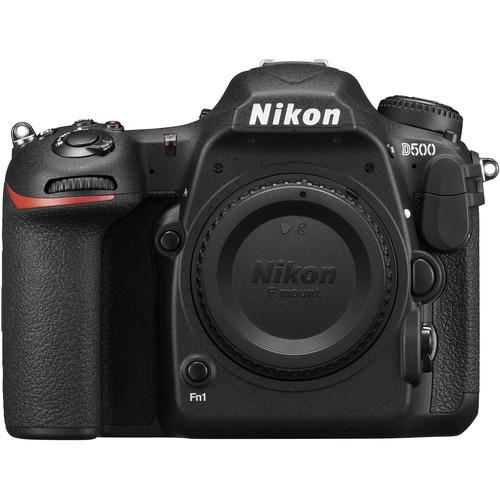
Key Specs
- 20.9-megapixel DX CMOS.
- EXPEED 5 processor.
- Native ISO 100–51,200 (higher expansion available).
- 153-point AF system.
- 10 fps with a deep raw buffer.
- 4K UHD video (up to 30p).
- Tilting 3.2-inch touchscreen, approx. 2,359k dots.
- Dual card slots: XQD and SD (UHS-II).
- Built-in Wi-Fi/Bluetooth (SnapBridge).
Who It's Right For
Wildlife and sports shooters who want pro-grade AF and a durable, tele-friendly body without the size or cost of full frame.
Nikon D850
When it arrived, the Nikon D850 broke the “slow high-res” stereotype by blending 45.7-megapixel detail with fast autofocus, a generous buffer, and that rare base ISO 64 look. It became the default recommendation for photographers who needed one body to handle commercial portraiture on Friday, a wedding on Saturday, and a dawn landscape on Sunday. The viewfinder is big and bright, the grip is long-day comfortable, and the files have a dynamic range ceiling that still embarrasses plenty of newer cameras.
It’s relevant today because there are few cameras (mirrorless included) that balance speed, color, and tonality this well while remaining a joy to use. The 153-point AF system with –4 EV sensitivity keeps working in marginal light, and dual slots plus a tilting touchscreen add modern convenience to a classic DSLR experience. If you need medium-format-leaning detail one day and a dependable, event-ready machine the next, the D850 is still a benchmark all-rounder. Read more in our review.
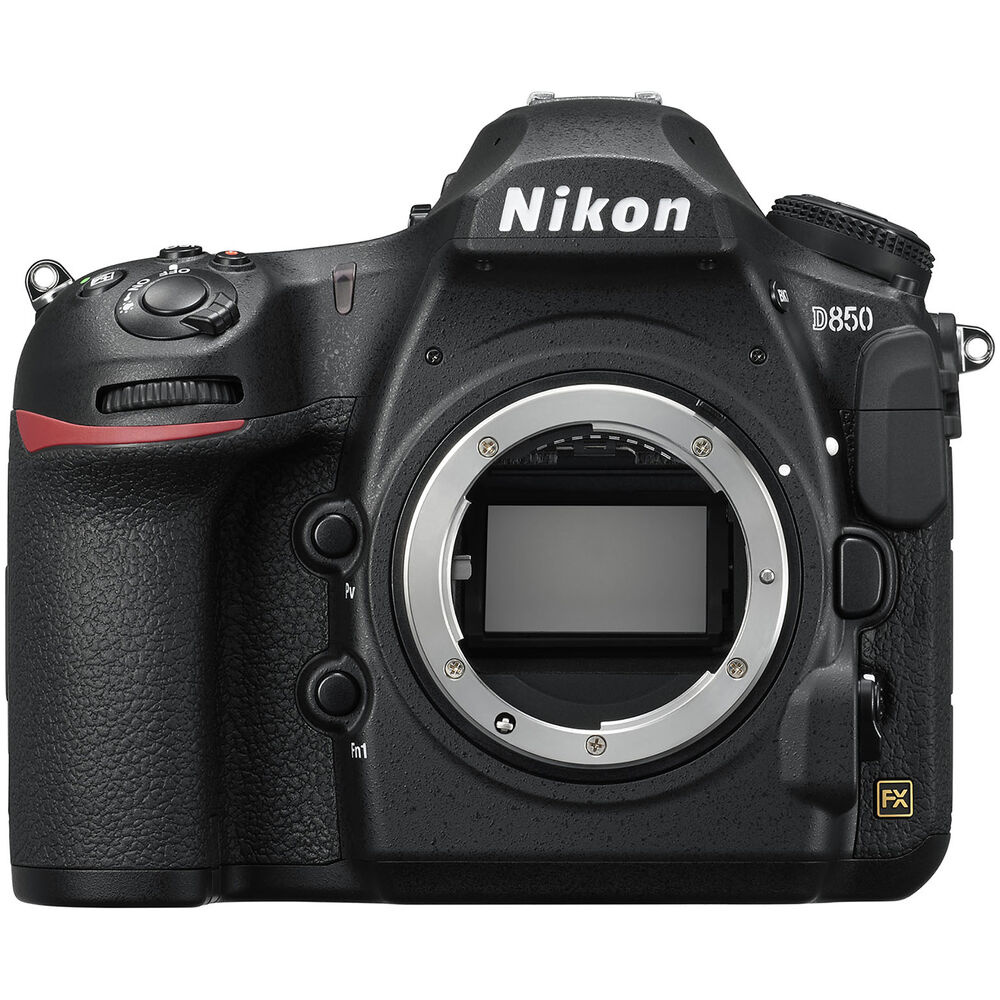
Key Specs
- 45.7-megapixel FX sensor (35.9 x 23.9 mm).
- Base ISO 64 with expansion to ISO 32–102,40.
- Up to 7 fps (9 fps with grip and EN-EL18 series battery) and deep buffer.
- 153-point AF (Advanced Multi-CAM 20K) with –4 to +20 EV detection.
- 4K UHD video plus robust 1080p options.
- Dual card slots: XQD and SD (UHS-II).
- 3.2-inch tilting, touch-sensitive LCD.
Who It's Right For
Photographers who want one body to cover studio-grade detail, weddings/events, and landscape work with files that grade beautifully.
Canon EOS 5D Mark IV
The 5D series defined the “do-everything” DSLR, and the 5D Mark IV kept that reputation by being quietly excellent at almost everything. The 30.4-megapixel sensor, Dual Pixel AF in live view, and 4K DCI recording landed in a familiar, reliable body with controls that never get in your way. Color science and skin tones remain easy to work with, and the optical viewfinder experience is still a comfort for long wedding days or corporate gigs. In fact, the colors out the 5D Mark IV are my favorite from any Canon sensor, which is saying a lot.
It stays relevant because it’s predictable in the best sense of the word. AF through the viewfinder is consistent, live-view AF is still surprisingly modern, and the files have enough elasticity for current editing workflows without crushing your storage. Dual slots, built-in GPS/Wi-Fi, and a clean, grippy design make it a camera you can hand to a second shooter or trust as your main body when you just need to get through a long job with minimal fuss.
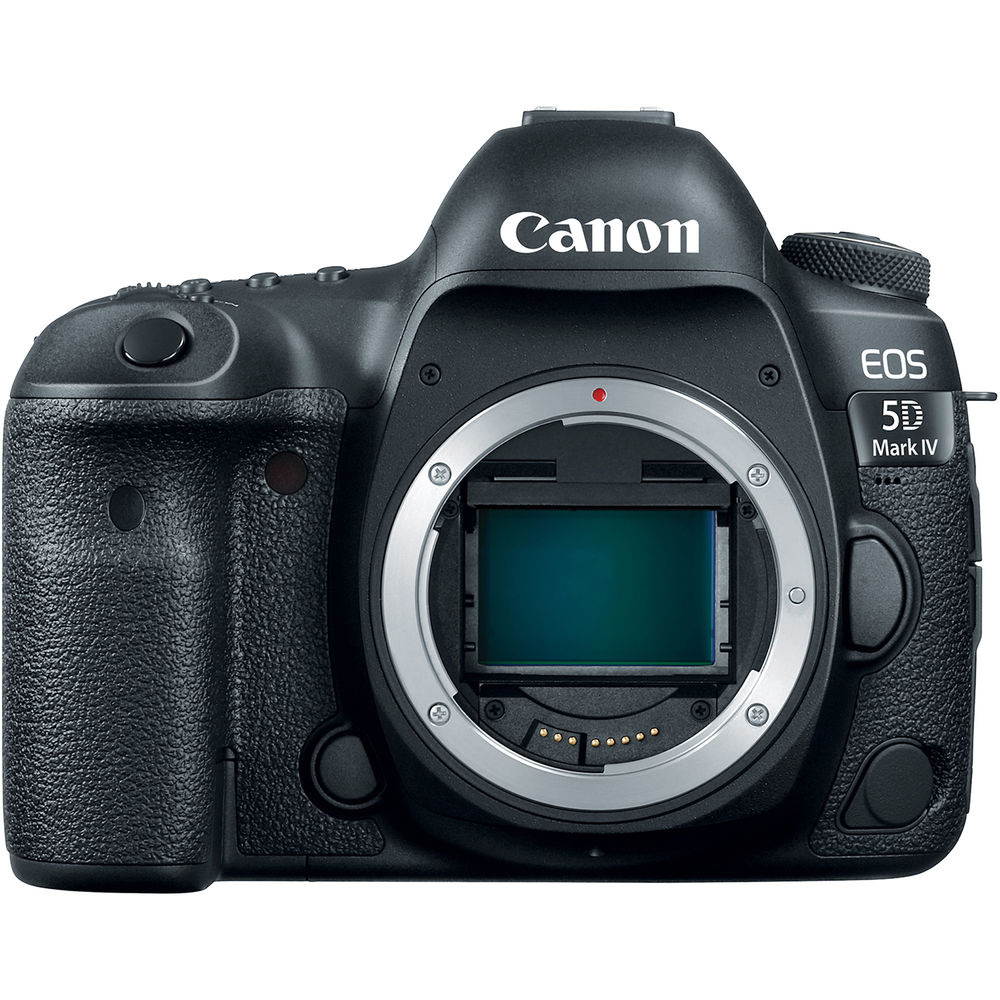
Key Specs
- 30.4-megapixel full frame CMOS
- DIGIC 6+.
- Native ISO 100–32,000 (50–102,400 expanded).
- 4K DCI/Internal recording options, 1080p up to 60p, 720p up to 120p.
- Up to 7 fps continuous shooting.
- Dual card slots: 1x CompactFlash (UDMA 7) + 1x SD (UHS-I).
- Wi-Fi/Bluetooth and built-in GPS; 3.2-inch touchscreen LCD.
Who It's Right For
Wedding and portrait shooters who value Canon color and a familiar control scheme, event photographers who want dependable AF, and corporate/travel shooters who need a safe all-rounder.
Pentax K-3 II
The K-3 II was Pentax’s no-nonsense APS-C flagship: a compact, weather-sealed body that packed in-body stabilization, dual card slots, and clever field tools like built-in GPS with AstroTracer. It earned fans among hikers and night-sky shooters because it felt like a Swiss Army knife in a small shell — one that turned every K-mount lens into a stabilized, ready-for-anything option. Eight-plus fps and straightforward controls made it a capable all-rounder, even as mirrorless grabbed headlines.
It still makes sense if you want an affordable, tough DSLR that pairs beautifully with classic K-mount primes, and you’d rather spend on lenses than on a body upgrade cycle. The stabilization system, AA filter simulation, and GPS utilities give it a feature mix that’s oddly hard to replace new, especially at current used prices. For outdoor and astro-curious shooters who prize reliability and value, the K-3 II remains a smart pick.
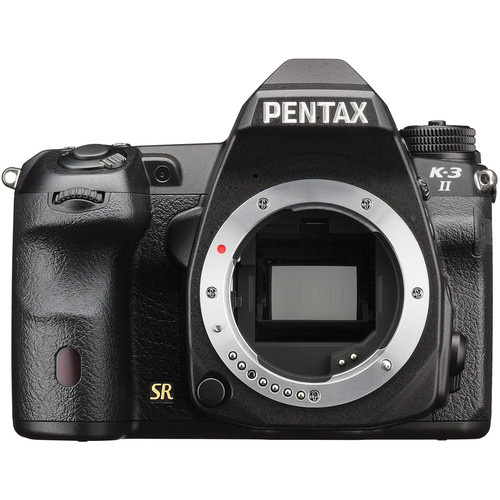
Key Specs
- 24.3-megapixel APS-C CMOS (23.5 x 15.6 mm).
- ISO 100–51,200.
- Sensor-shift SR stabilization.
- AA Filter Simulator.
- Dual SD slots with flexible routing.
- Built-in GPS with electronic compass.
- AstroTracer support.
- Up to 8.3 fps.
- 1/8,000 s max shutter.
Who It's Right For
Outdoor photographers and night shooters who value stabilization with every lens, GPS tools, and a weather-sealed APS-C body at a friendly price.
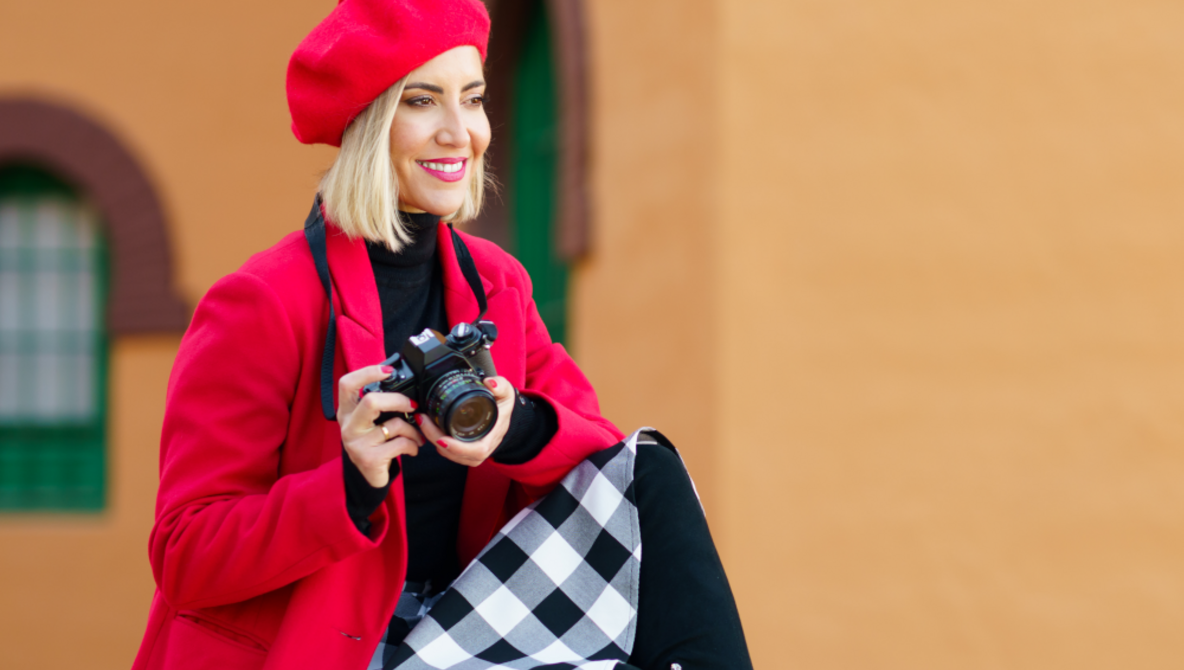
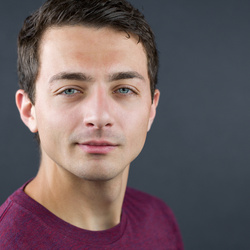






Thanks for another article with solid suggestions, Alex.
I am still using DSLRs of this ilk, purely because of the financial barriers of "going mirrorless". So this type of information is still quite relevant to those of us with limited resources.
I’ve had each of those at one point or another, but rather a III instead of a IV and a III instead of the II. Man that K-1 though… what could have been! Crazy that its been nearly 10 years since it came out
The Nikon D850 was my main body for four years in an amazing camera that re-launched my photography career. I sold my Nikon gear about two years ago and I've moved over to Fuji but I still have many files that I edit from the D850 and it's a fantastic camera. Can't felt it really..... I took the Z8 out for a trial and it didn't blow me away for image quality compared to the D850. It was very marginal improvement hence why I ended up with Fuji which was significant image quality improvement over the D850 and Z8
Nev Clark wrote:
"It was very marginal improvement hence why I ended up with Fuji which was significant image quality improvement over the D850 and Z8"
This is very interesting to me, because it is the opposite of what I would have expected.
When you are comparing images from the Fuji to those of the Nikons, are you comparing RAW files from each? Or do the Fuji files have some kind of jPeg conversion being done to them, or some other type of in-camera processing being done?
Just interested to know if you're comparing apples to apples or not.
You wrote “ This is very interesting to me, because it is the opposite of what I would have expected.” I’m not surprised that a medium format camera beats a full frame camera on image quality, it is just what I would expect
I did not realize that Nev was speaking of a medium format Fuji. I thought he just said "Fuji", which is primarily known for its APS-C sensor cameras. If he was indeed speaking of a MF Fuji, then yes of course the image quality would be noticable better than that of his full frame Nikon cameras.
I looked at his profile , he’s using a gfx 50s.
The 1DX MK1 can be bought for almost nothing nowadays and some professionals still use it daily, unbelievable value for money.
I have recently gone back to DSLR cameras simply because I much prefer the OVF. Also a few years ago I inherited some very expensive EF lenses and wanted to get them in action.
A couple of weeks ago I purchased the Canon 6D for £200. The 6D is a small FF 20mp DSLR that is fractionally larger and heavier than my 80D. The 6D is an excellent camera with a very nice colour output and 20mp is plenty.
You do realize that 100% of your EF lenses work 100% perfectly on Canon mirrorless cameras?
And with the control ring adapter they get added features. And many report, including myself, that they work better than on a DSLR.
Thank you I do realise that. I don't want to use a mirrorless camera.
I had never heard about the Pentax K-1 until reading this article.
This seems like it would be an excellent camera for the photography I do, and the conditions I shoot in and the way I treat cameras.
Only three concerns:
1:
4.4 frames per second, and a burst of only 17 images before it needs to stop to buffer, is really really slow. When I went from 5 FPS to 10 FPS back in 2013 it opened up a whole new world for me and I started to get so many more keepers. Going backwards would be difficult, but I could manage.
2:
I don't know anything about what lenses are available for this mount. In fact, I had never even heard of the K mount until reading the aforementioned article. Are there AFFORDABLE 600mm or 800mm options? Are there specialty lenses that can be used without an adaptor, like macro probes and macro shift lenses? Are there affordable superzooms similar to the Tamron 18-300mm available in this mount?
3:
Expect to pay: $1,000
Wow, that is a freaking lot of money. I would need to wait until it came down to the $500 level. Hopefully that will only take about 5 years.
---------------- --------------- ----------------
I could force myself to live with the slow frame rate, as long as there are niche lenses available that don't need to be adapted, for very affordable prices. And I am used to having to wait several years for prices to come down to a level that I can afford.
If anyone can tell me about the lenses available, or post links to K mount lenses for sale that are in the 600mm to 800mm range, I would be very interested. Yeah I know I could Google it myself, but I don't feel like reading through dozens and dozens of results that are not pertinent, just to find a few that are pertinent. Searching for things on Google is actually a very tedious and unpleasant process. I would rather just be pointed in the right direction so I can go right to what I want to see directly and efficiently.
I've been shooting with Pentax DSLRs since 2008. My first photo was with my dad's Pentax Spotmatic II in 1973. I've had a K-1 since shortly after they came out. It is excellent for landscape work, low light indoor photography, and back compatibility with Pentax glass made since 1957. If you are doing low light, wide angle work, it is the tool of choice. If you don't need fast lenses with a wide angle of view, then the K3-III has many improvements.
I don't know what's available in current glass over 450mm but I did recently pick up a used 250-600/5.g
Wow, that's good info! Thanks!
I am interested in this 250-600mm that you mention. If that is for full frame sensors and has good autofocus for subjects in motion, and is affordable, I may consider switching over to Pentax. Although the $1,000 "expect to pay" number for the K-1 would have to come down quite a bit before I could actually acquire one.
I have a D850 that I only use for relatively static portraits and digital scanning. The AF doesn’t track quick enough for me, as well as its FPS is lacking. I used my d200 until a few years ago, now I love my D6 and D4s. That said, I’m always impressed with the d850’s images, it just doesn’t match up with my shooting style.
D500 and D850 owner here. They do everything I want or need, and in perfect style. No need to upgrade and I'll keep my money for the holidays..
I was pleased to see that you included Pentax. I'm surprised that you listed the K3-II rather than the K3-III. When my K3-II died, I replaced it with a K3-III. In almost any situation that doesn't require fast wide glass, it will outperform my K-1. Likewise, in most cases the UI is an improvement over the K-1, with a couple of inexplicable "what were they thinking?" choices.
At the risk of getting smashed, IMHO you missed a great FF DSLR in the Sony alpha 99II. This camera, combined with the G series lenses taks superb RAW and JPG pictures. These are able to be post-processed with any of the good programs (Photoshop, DXO, etc.) and if memory serves, the chip in the Nikons are Sony chips.
I'm just surprised that this DSLR wasn't mentioned as it rates very high, and depending on the review higher than the Canikons mentioned.
the only thing I can add to this is that my Nikon D850 is still the studio's work horse, but I do like how the better focus on a z9 can turn my old 200f2 into an amazing lens. The z9 makes all my old glass better in auto focus then the D850.